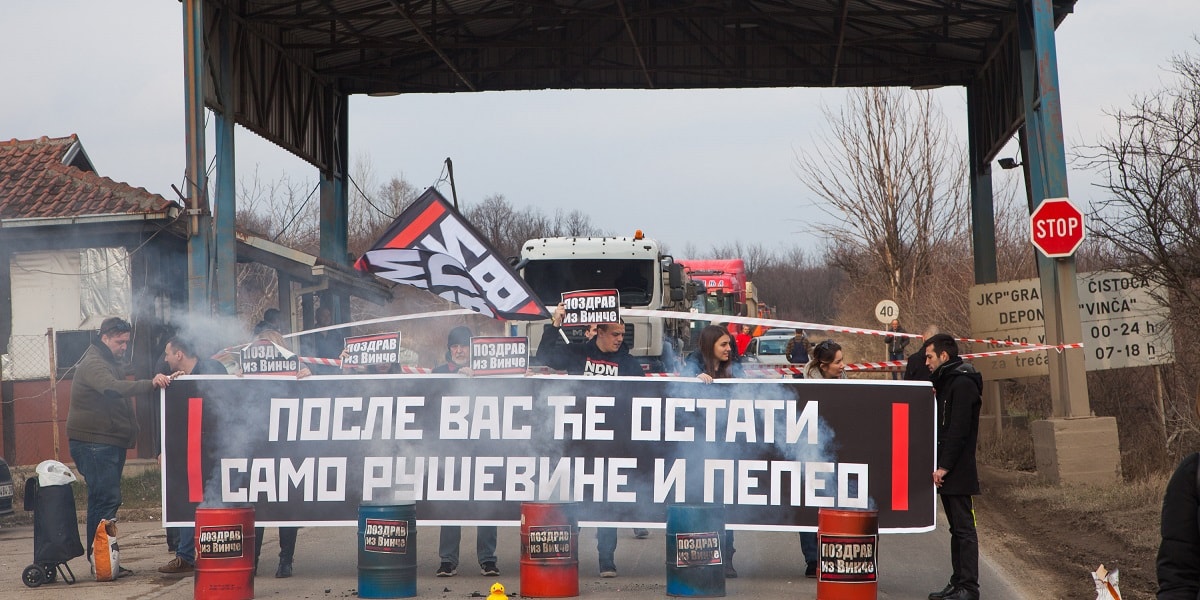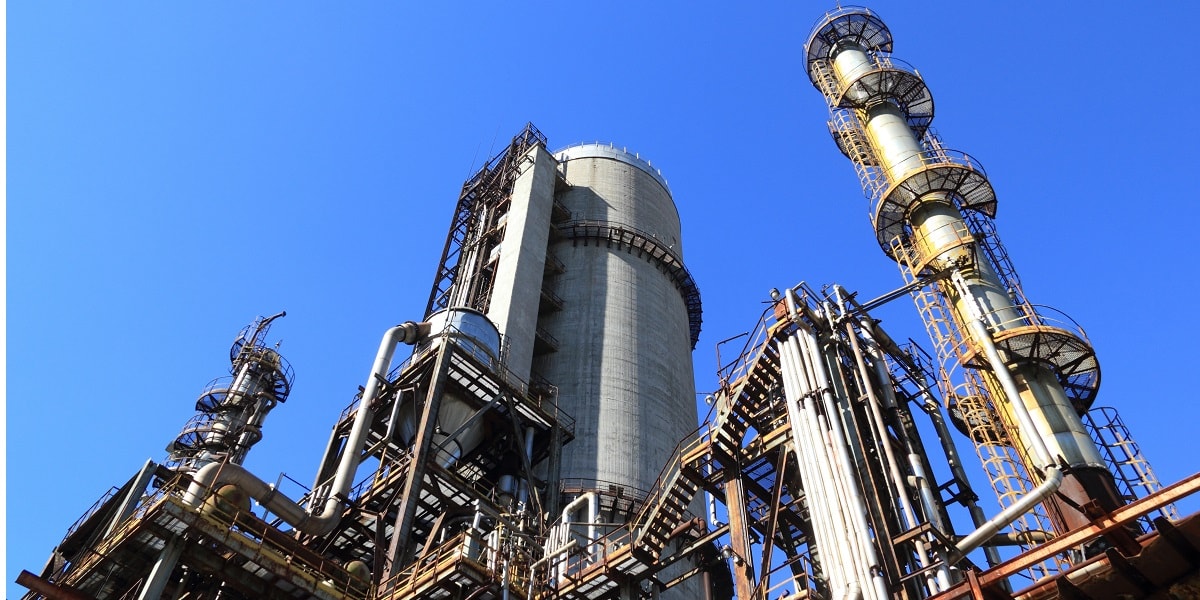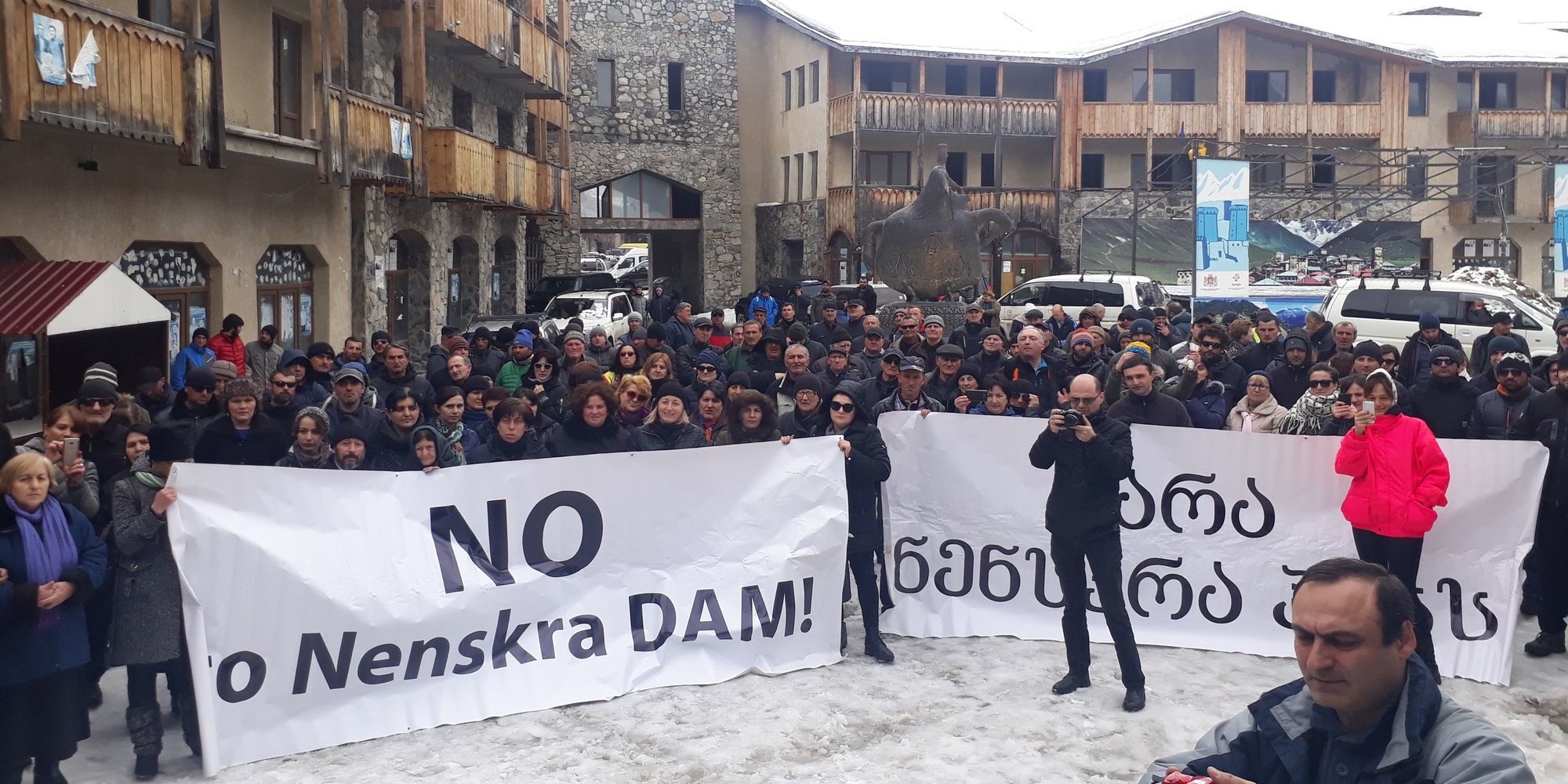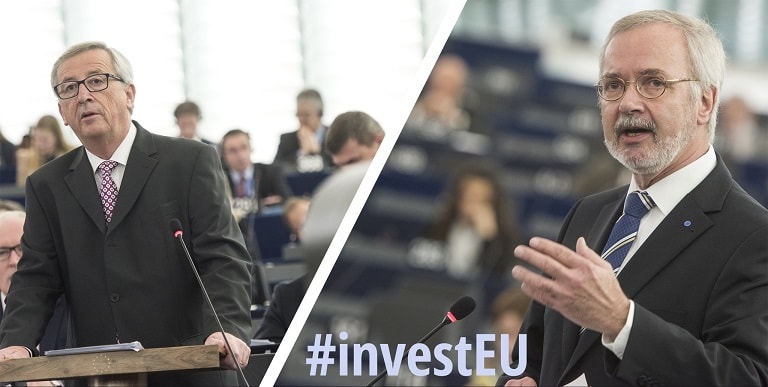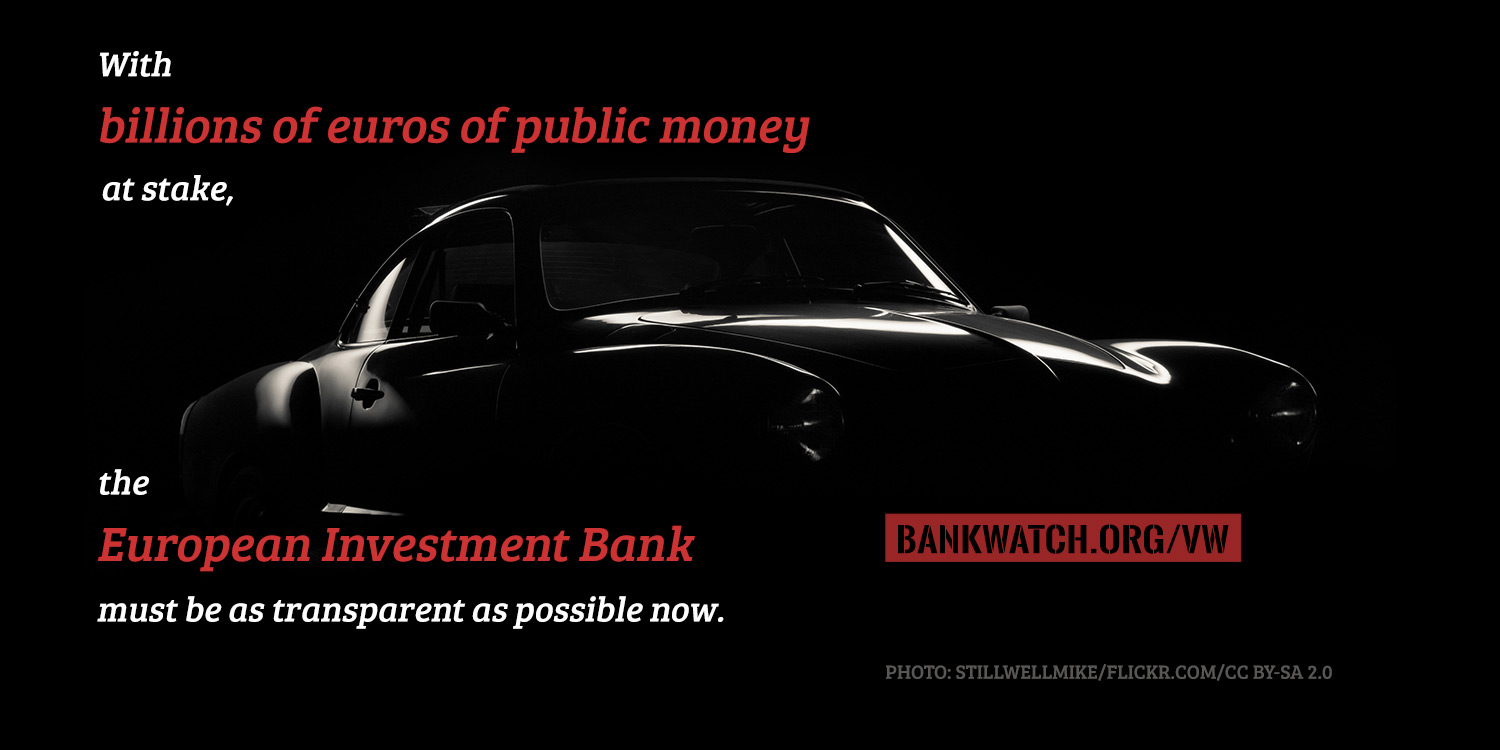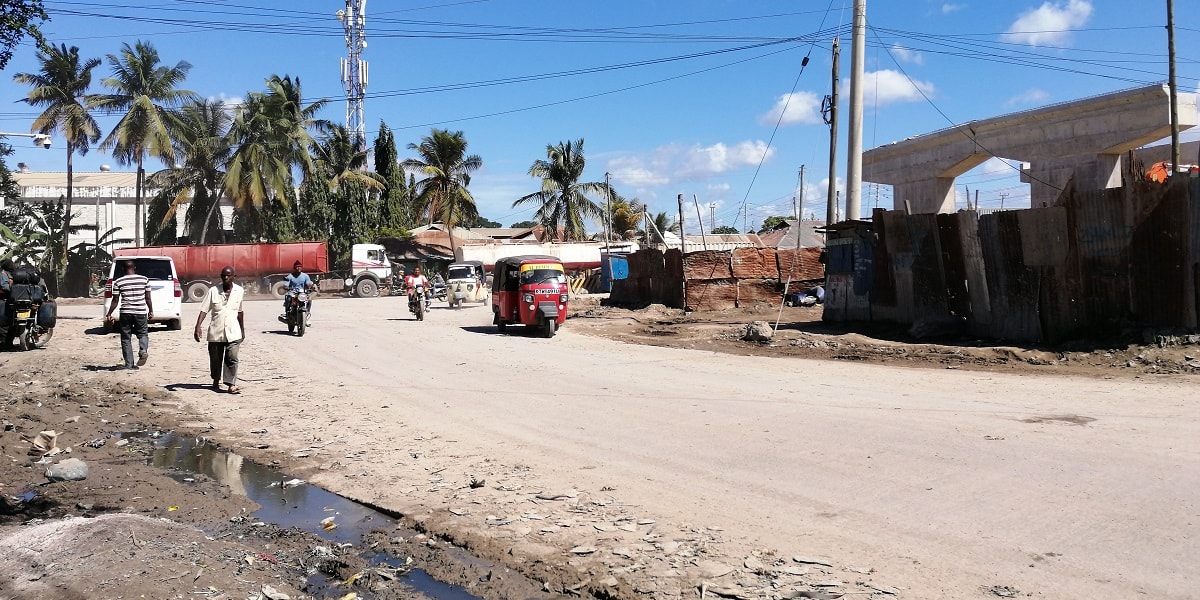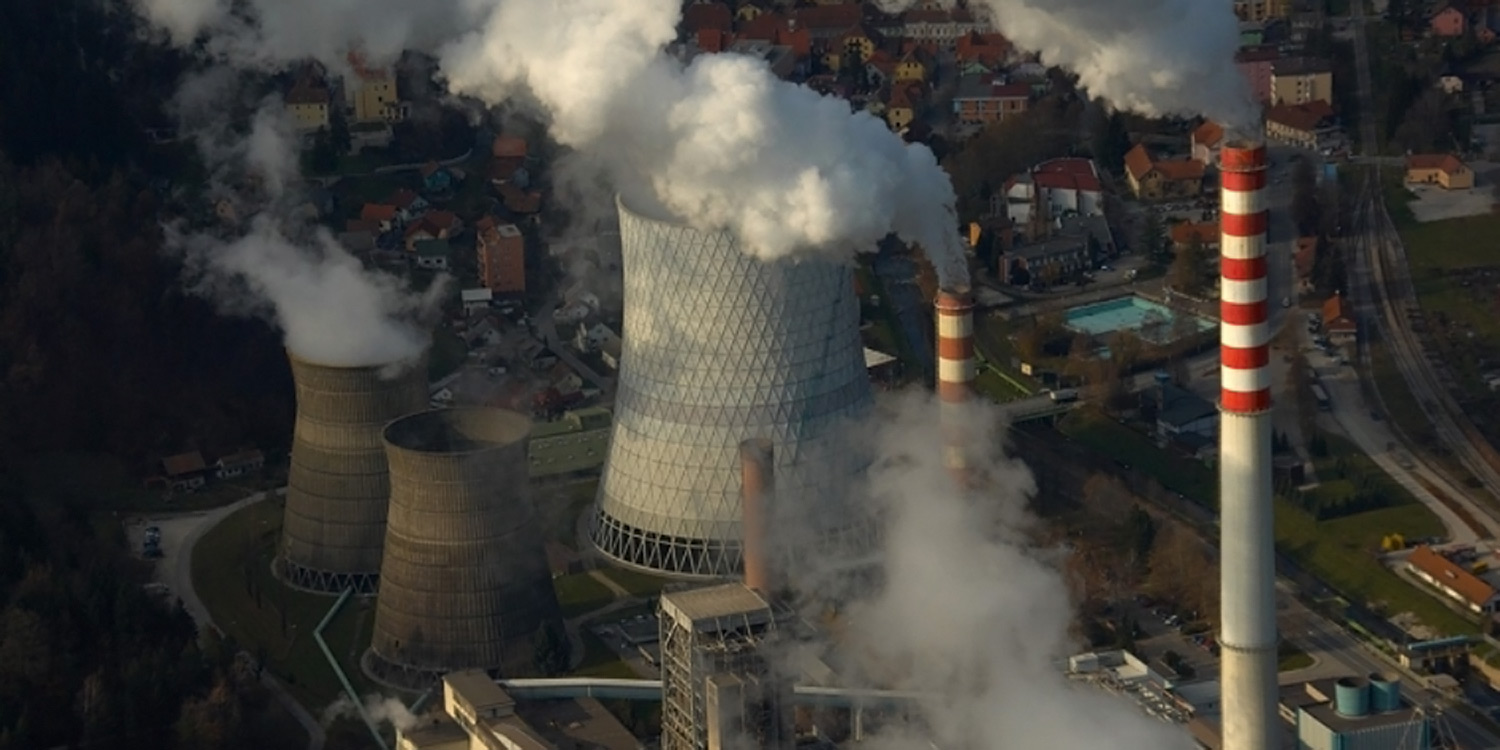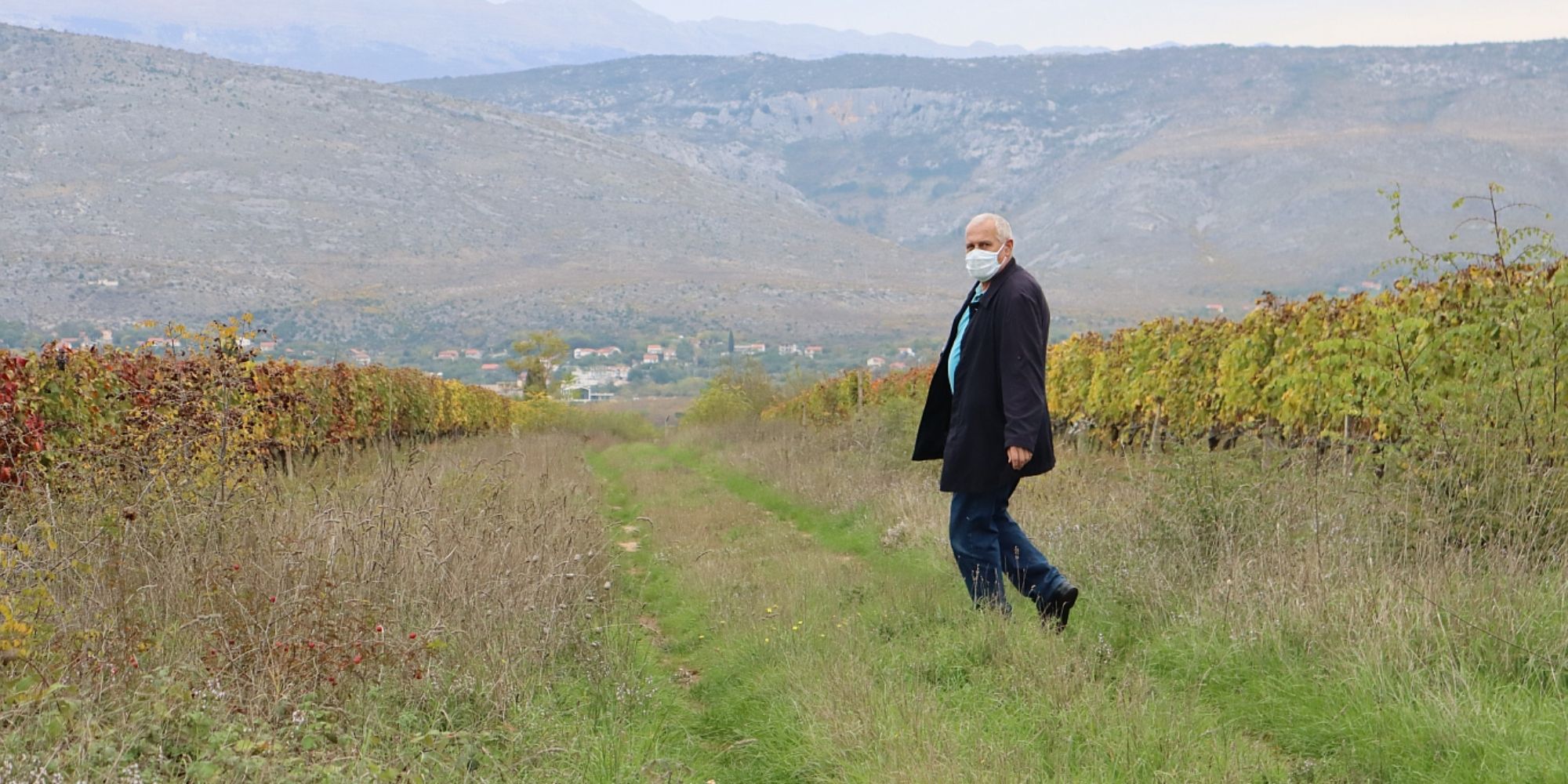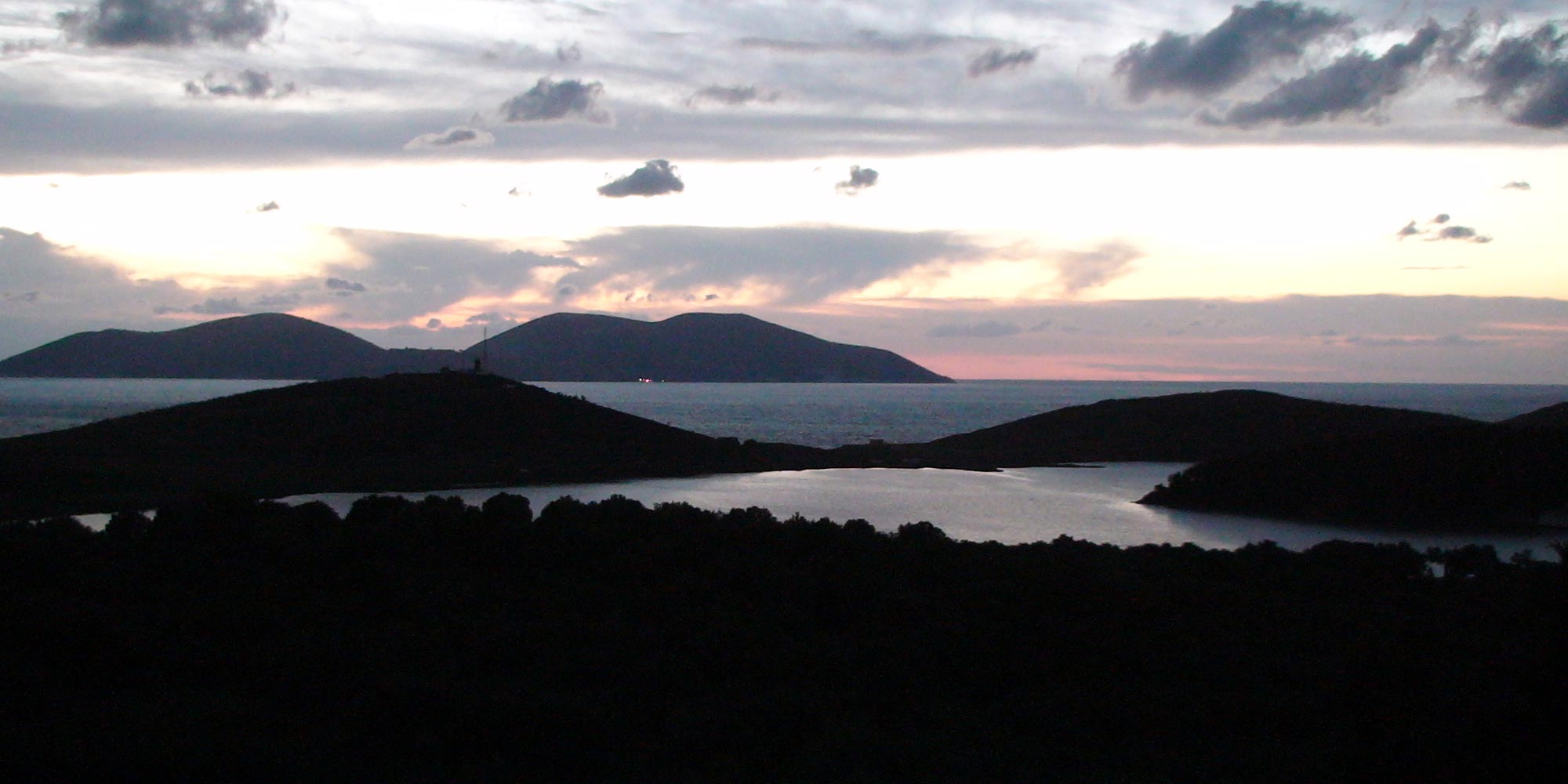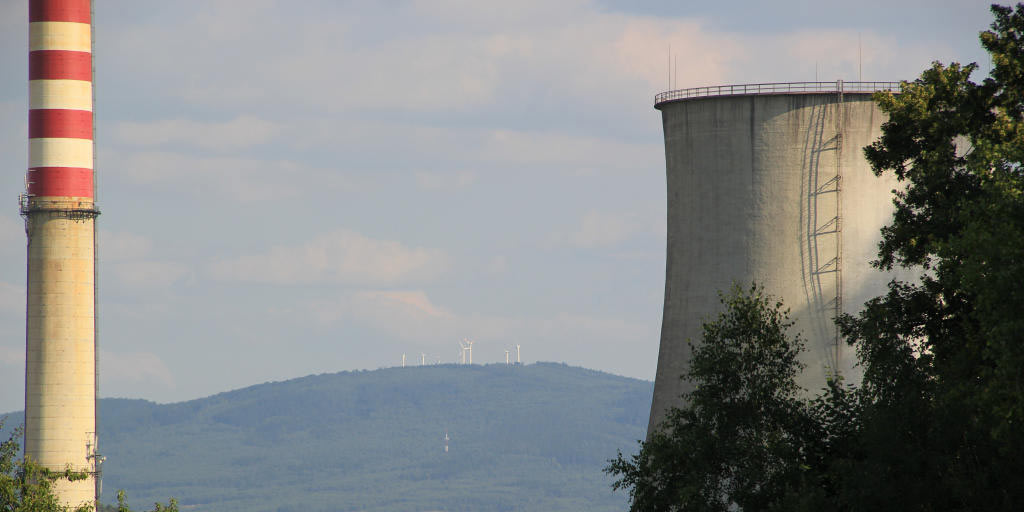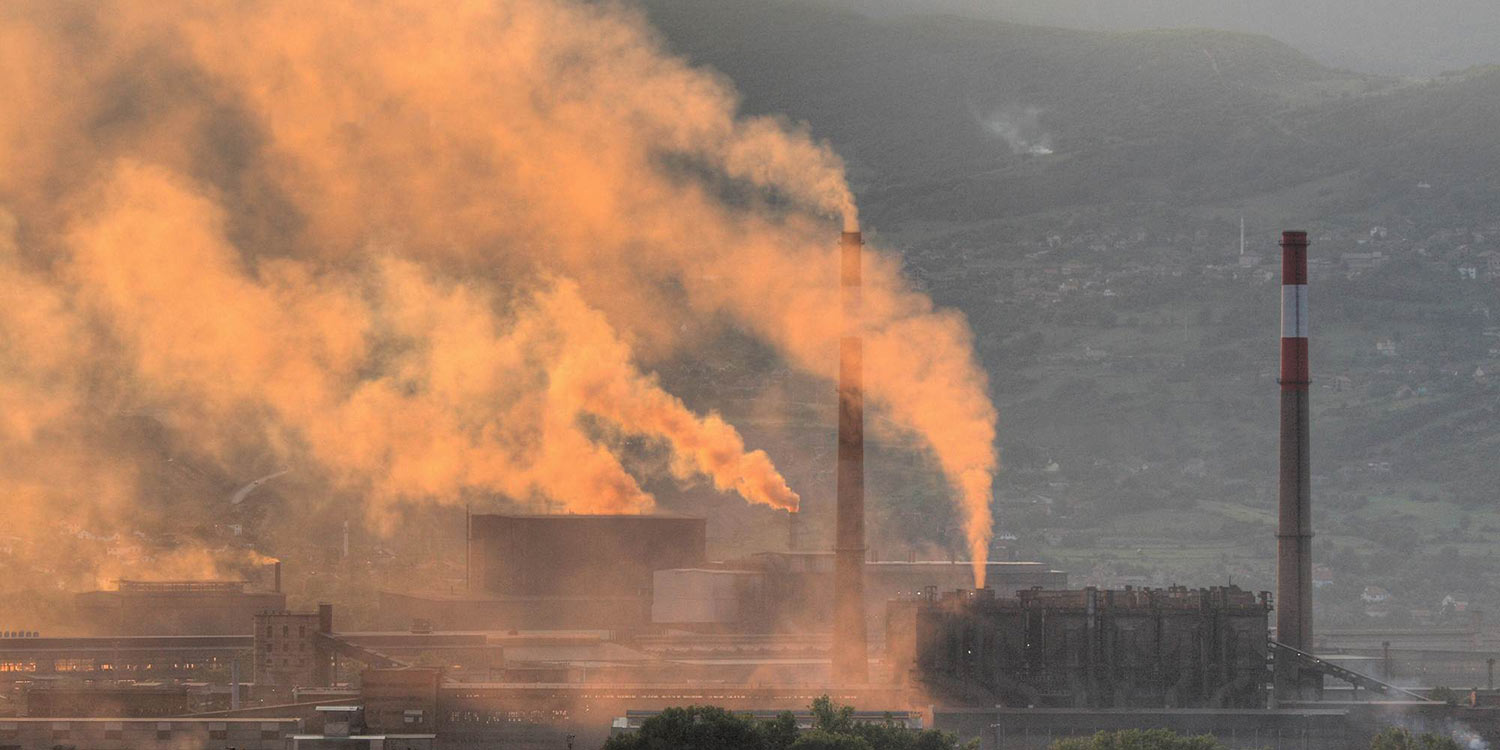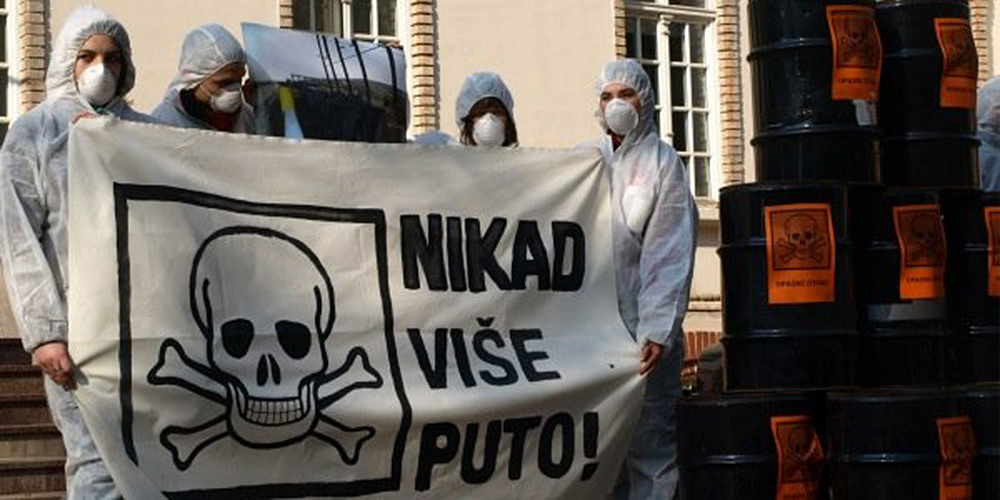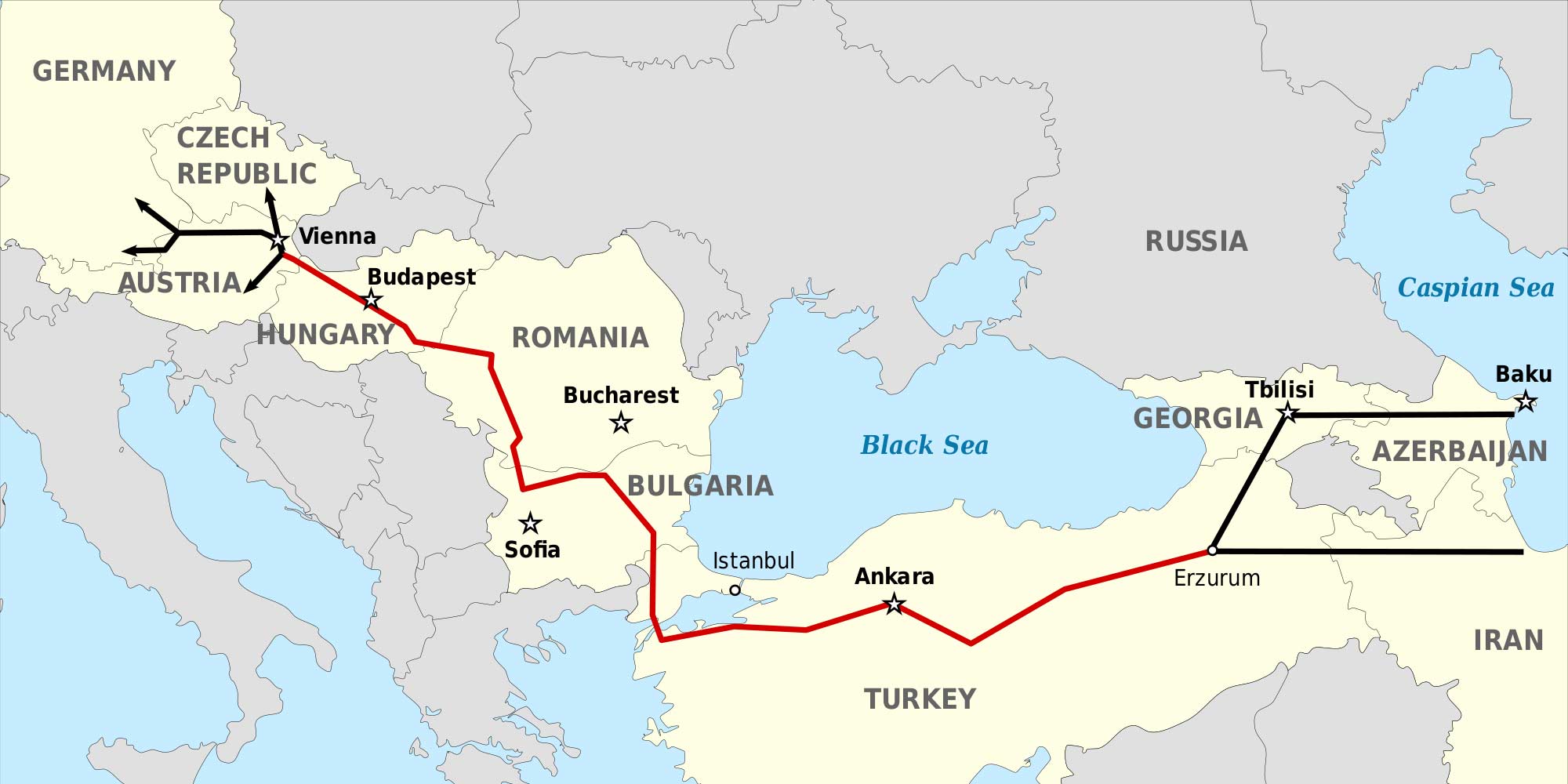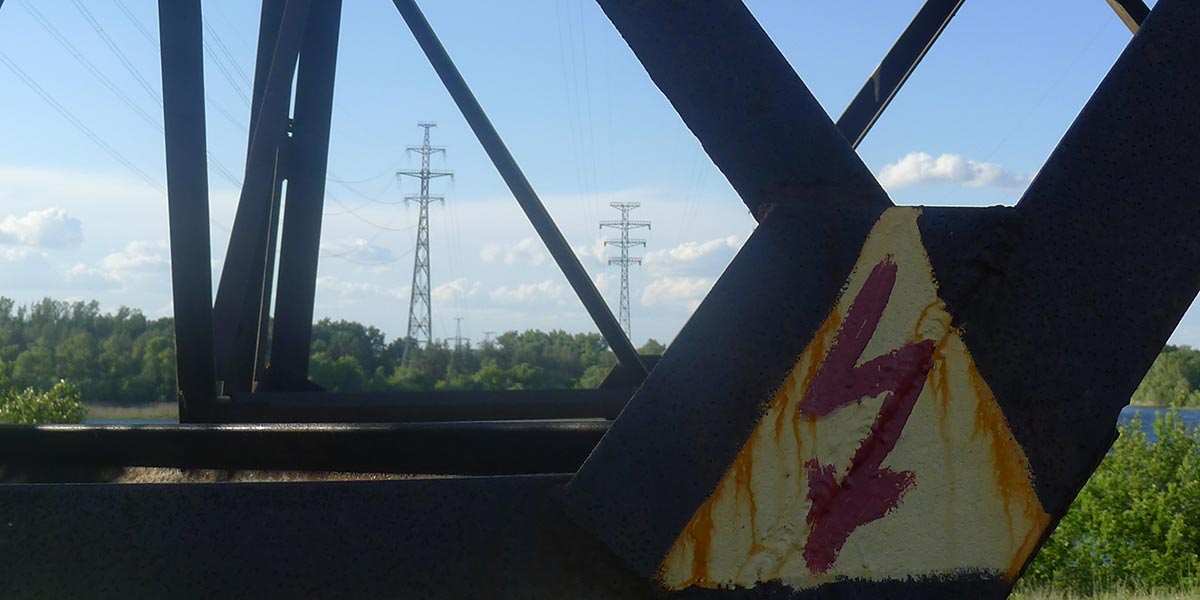ARCHIVED: Minerals mining and supply chains
Global demand for minerals and other critical raw materials is intensified by the just transition to renewable energy and the digital transformation agenda. Therefore sustainable supply chains of minerals are fundamental to addressing the climate crisis and the Covid-19 crisis that humanity is facing today. The European Union needs to innovate and find solutions to achieve its circular economy and resource use reduction objectives and to meet the demand of EU’s industry and consumers, while still protecting communities and nature threatened by mining.
Belgrade incinerator public private partnership (PPP), Belgrade, Serbia
The planned Belgrade waste incinerator, financed by the EBRD, IFC and Austrian Development Bank (OeEB), is incompatible with waste prevention and recycling targets. The European Commission and EIB recognised this, and the EIB therefore refused to finance it. The project also endangers the already precarious livelihoods of up to 12,000 people waste-picking in the city.
EBRD / EIB energy policy review
The European Investment Bank and the European Bank for Reconstruction and Development are both reviewing their energy sector lending policies. This is an opportunity to live up to their potential by combating climate change and promoting a sustainable future for all.
ARCHIVED: Southern Gas Corridor
This system of mega-pipelines meant to bring gas from Azerbaijan to Europe, is unnecessary for Europe’s declining gas demand. But the billions in public investments will boost Azerbaijan’s dictatorial regime and cause upheaval for transit communities in Turkey, Greece, Albania and Italy.
Nenskra hydropower plant, Georgia
The Nenskra dam is the largest of Georgia’s massive plans for hydropower installations in the Upper Svaneti region. If realized, it will deprive the local indigenous communities of their ancestral lands and traditional livelihoods, and cause an irreversible damage to the fragile river and mountain ecosystems.
European Fund for Strategic Investments (EFSI)
Tasked with stimulating the European economy, the new investment fund may just become an extention of the European Investment Bank’s normal lending with very limited additional (green) finance.
Volkswagen’s emissions scandal and the EU’s bank
With the spotlight bright on Volkswagen for cheating in emission tests, the EU’s house bank must now come forward and show exactly what it has done to ensure proper oversight over its loans to the company.
ARCHIVED: Mombasa-Mariakani road project, Kenya
Locals affected by the road project are facing forceful eviction and have not been properly consulted or compensated. The project promoter reacts to criticism with intimidation.
ARCHIVED: Olkaria geothermal development, Kenya
Financed by several development banks, geothermal installations have uprooted Maasai communities whose fundamental rights as an indigenous people have been ignored at first. The company has so far been slow and reluctant in addressing the Maasai’s complaints.
Sostanj lignite thermal power plant unit 6, Slovenia
Slovenia has built a new 600 MW unit at the Šoštanj lignite power plant (TEŠ6) which has turned out to be a financial disaster, as well as locking the country into a carbon-intensive future with tens of millions of annual losses for the next four decades.
Corridor Vc motorway, Bosnia and Herzegovina
The pan-European Corridor Vc is planned to run for 330 km through Bosnia and Herzegovina. Serious concerns about environmental impacts, land expropriation, and threats to cultural heritage have been raised along the motorway route, mostly between Sarajevo and the southern border with Croatia.
Archived projects
(Archived are projects that we don’t actively monitor any longer. They may still offer important lessons about the EIB’s lending, showcase its shortcomings or how to overcome them.)
Vlora Industrial and Energy Park, Albania
With limited information available on the project and little opportunities to influence the developments, the local community has perceived the Vlora energy and industry park as a megalomaniac project which poses threat to a local economy dependant on tourism and harms the fragile marine and wetlands ecosystems.
Coal-fired power plants in Poland
Faced with an outdated energy system, the Polish government is determined to invest in climate damaging coal rather than focusing on renewable energy.
Steel giant ArcelorMittal
ArcelorMittal is the largest steel company in the world, producing approximately 8 per cent of the world’s steel output. But the cost of its success has largely been paid by the people living and working near the company’s plants, because of the ArcelorMittal’s frequent disregard for the environment and fair labour practices.
Zagreb municipal solid waste incinerator, Croatia
Zagreb City Council is planning to build a 385 000 tonnes-per-year waste-to-energy plant, for which the official cost estimate is EUR 161 400 000. The plant would burn municipal waste and sewage sludge. Croatian environmental NGO Green Action, along with local residents’ groups, believes that the incinerator plans are premature and dangerous.
Tbilisi Railway Bypass Project, Georgia
In order to improve the efficiency and safety of rail operations within the city of Tbilisi the EBRD together with the EIB is considering a loan of over EUR 290 million for the Tbilisi Railway Bypass Project. The main goal of the project to avoid the transit of hazardous freight (such as oil and oil products) through the middle of the city, but there are several deep concerns that undermine the project goals and cause a serious threat to Tbilisi’s population.
Gazela Bridge rehabilitation, Belgrade, Serbia
The resettlement of about 170 predominantly Roma families that lived below the Gazela Bridge in Belgrade, Serbia is part of a wider project for the reconstruction of a bridge across the River Sava. Although the project is backed by European public money, donor requirements to follow World Bank Group resettlement standards have for a long time been ignored by Belgrade City Council.
Nabucco gas pipeline
The Nabucco pipeline project is based on the idea to bring Caspian or Middle Eastern gas through Turkey to the EU. Its planned route is 3300 kilometres long with an estimated construction cost of almost EUR 8 billion.
Vienna-Brno motorway, Austria-Czech Republic
The currently proposed route for the new Brno-Vienna motorway via Mikulov and Drasenhofen, promoted by the Austrian and Czech governments, could become the most expensive and environmentally destructive way to link these two central European cities.
The ‘Second Backbone Corridor’ – High voltage electricity transmission lines, Ukraine
In its drive for ‘energy security’, the EU is looking to its eastern neighbour for cheap energy. But using a series of high-voltage transmission lines to import dirty energy supplies like nuclear and coal power from Ukraine will not make the EU safer, and it will lock both into an unstable and environmentally unsound energy mix.
Moscow – St.Petersburg motorway PPP, Russian Federation
The 43-km section of the Moscow – St. Petersburg motorway near Moscow has triggered massive opposition in Russia and abroad. The section is slated to pass through Khimki Forest Park, a protected natural area with rich wildlife and of great importance to local people living in this polluted and densely populated region.

